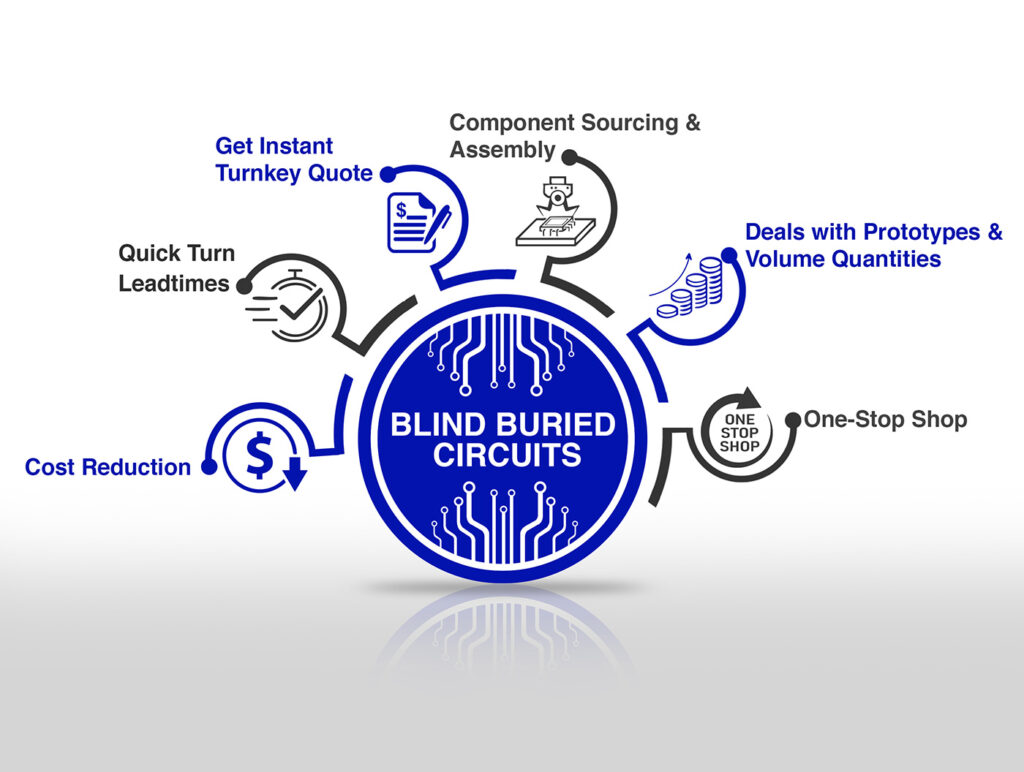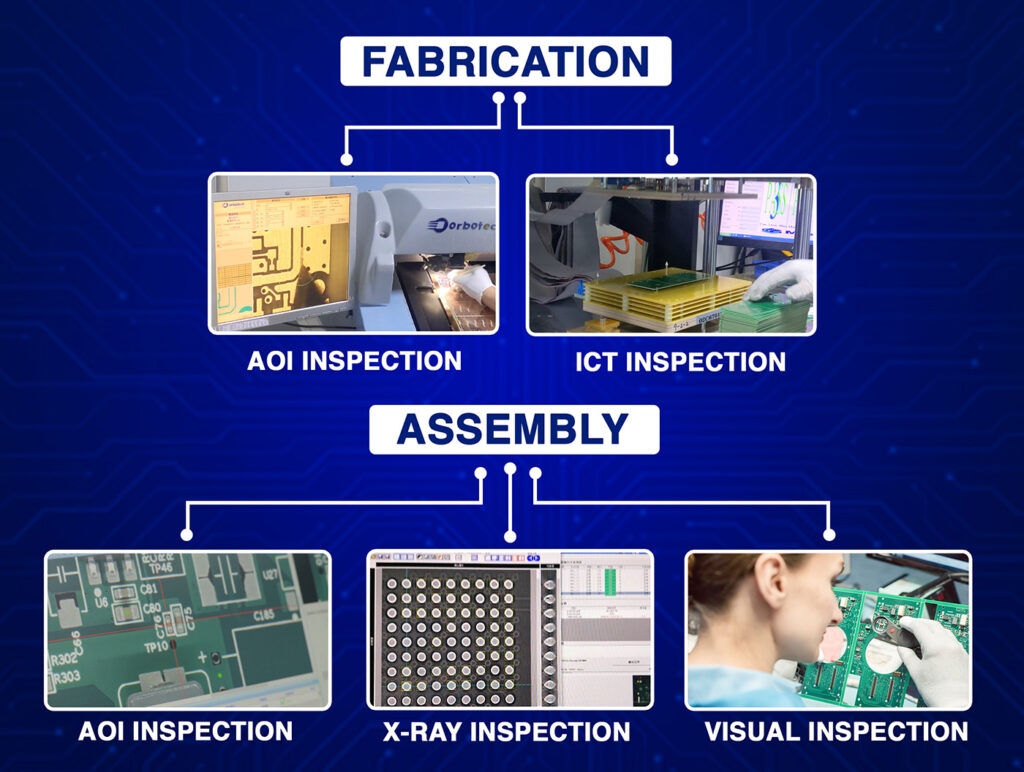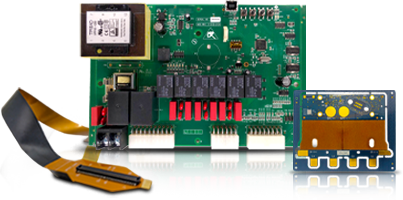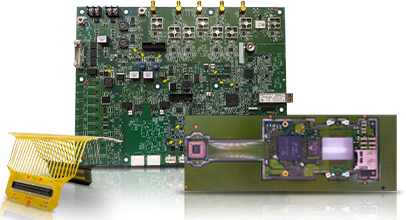The Internet of Things (IoT) is changing the way we interact with technology. From smartwatches and medical sensors to industrial automation and connected home devices, IoT solutions demand compact, lightweight, and reliable electronic components. The key to enabling these advanced devices lies in high-density interconnect (HDI) PCBs and flexible PCBs (Flex PCBs).
As an IoT PCB design expert, choosing the right PCB manufacturing technology can determine the success of your product. HDI PCB technology improves performance, while flexible PCB fabrication allows for compact and adaptable designs. This combination is essential for IoT PCBs, making devices smaller, more efficient, and highly durable.
Let’s explore how HDI and flex PCBs enhance IoT electronics and how you can design the best PCBs for your next project.
Why IoT Devices Need Advanced PCB Technology
IoT devices must be:
- Compact and lightweight for easy integration.
- Durable and flexible to handle wear and environmental stress.
- Power-efficient to support battery-powered operation.
- High-speed and interference-free to ensure seamless wireless connectivity.
To meet these requirements, HDI PCB technology and flex PCBs are the ideal solutions.
What is HDI PCB Technology?
HDI PCBs (High-Density Interconnect PCBs) feature fine traces, microvias, and high-layer density, allowing for greater circuit density in smaller spaces.
Benefits of HDI PCBs for IoT Devices
- Smaller Size: Supports miniaturization of devices without sacrificing functionality.
- Faster Signals: Shorter trace lengths reduce signal loss and improve speed.
- Better Power Efficiency: Reduced parasitic capacitance and inductance lowers power consumption.
- Reliable Connectivity: Blind and buried vias improve signal integrity and reduce interference.
HDI PCB technology is commonly used in wearables, medical devices, and high-performance IoT sensors.
What Are Flex PCBs?
Flexible PCBs (Flex PCBs) are thin, lightweight circuits designed to bend and fold without breaking. They use materials like polyimide (PI) or liquid crystal polymer (LCP), making them ideal for IoT applications that require flexibility and durability.
Benefits of Flex PCBs in IoT Devices
- Adaptable to Any Shape: Perfect for curved, wearable, and compact devices.
- Improved Reliability: Fewer solder joints mean fewer failure points.
- Withstands Environmental Stress: Resistant to vibrations, shocks, and extreme temperatures.
- Reduces Weight: Lighter than rigid PCBs, making IoT devices more portable.
This makes flexible PCB fabrication the preferred choice for smartwatches, fitness trackers, and smart medical implants.
How HDI and Flex PCBs Work Together in IoT Design
Combining HDI PCB technology with flex PCBs allows for ultra-thin, highly reliable, and high-performance IoT solutions.
Applications That Benefit from HDI + Flex PCBs
- Wearables: Smartwatches, fitness trackers, and smart rings.
- Medical Devices: Remote health monitors, pacemakers, and biosensors.
- Smart Home Products: Wireless security cameras, smart thermostats, and automated lighting.
- Industrial IoT: Smart sensors, asset trackers, and robotic controllers.
- Automotive IoT: Advanced driver-assistance systems (ADAS), infotainment screens, and heads-up displays.
By integrating flexible PCB fabrication with HDI PCB designs, manufacturers can develop next-generation IoT solutions.
Key Design Considerations for IoT PCBs
When designing IoT PCBs, you must balance performance, size, and cost. Here’s what you need to consider:
1. Selecting the Right Materials
- Polyimide (PI) or Liquid Crystal Polymer (LCP) for flexibility and heat resistance.
- High-Tg FR4 for HDI PCB durability.
- Copper thickness optimized for power efficiency and thermal control.
2. Managing Signal Integrity
- Use microvias and blind vias to reduce signal loss.
- Shorter trace lengths improve high-frequency performance.
- Shield traces to prevent electromagnetic interference (EMI).
3. Power Efficiency for Battery-Powered Devices
- Use low-power components to extend battery life.
- High-efficiency power routing for minimal energy loss.
- Ground planes to improve power stability.
4. Thermal Management
- Use thermal vias to dissipate heat.
- Choose heat-resistant substrates for high-power IoT applications.
- Improve airflow by optimizing PCB layout.
5. Durability and Environmental Resistance
- Waterproof coatings for wearables and outdoor devices.
- Flexible connections to withstand vibrations.
- Shock-resistant designs for industrial IoT sensors.
Choosing the Right PCB Manufacturer for IoT Devices
To build a high-quality IoT PCB, you need an experienced flex PCB manufacturer and HDI PCB expert.
What to Look for in a PCB Manufacturer?
- Expertise in HDI and flexible printed circuit manufacturing.
- Advanced fabrication techniques for miniaturized designs.
- Precision manufacturing to meet IoT performance needs.
- Strict quality control to ensure durability and reliability.
Top flexible printed circuit manufacturers provide turnkey solutions from design to assembly, ensuring a seamless production process.
Best Practices for HDI and Flex PCB Manufacturing in IoT
To ensure optimal performance and reliability, follow these best practices:
1. Optimize Stack-Up Design
- Use multi-layer stack-ups for signal integrity and durability.
- Implement staggered microvias for better interconnection.
2. Minimize PCB Size Without Losing Functionality
- Use fine-pitch components for compact designs.
- Eliminate unnecessary connectors with embedded interconnections.
3. Perform Rigorous Testing
- Automated Optical Inspection (AOI) to catch defects early.
- X-ray inspection for hidden microvia verification.
- Thermal cycling tests to check durability in extreme conditions.
By working with a flex PCB manufacturer experienced in IoT PCB production, you can create high-performance, reliable, and scalable IoT solutions.
Future of HDI and Flex PCBs in IoT
As IoT technology advances, HDI PCB technology and flexible PCB fabrication will become even more critical. Their ability to enhance performance, reduce size, and improve durability makes them essential for modern IoT designs.
Choosing the right PCB manufacturing technology ensures that your IoT PCB design meets industry standards and user expectations. If you’re looking for flexible printed circuit manufacturers who specialize in high-quality IoT PCB production, contact Blind Buried Circuits today! We offer custom PCB solutions for next-generation IoT innovations.





